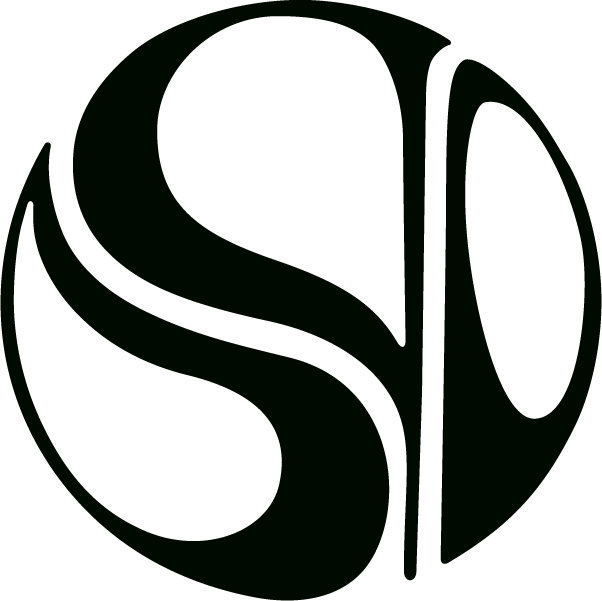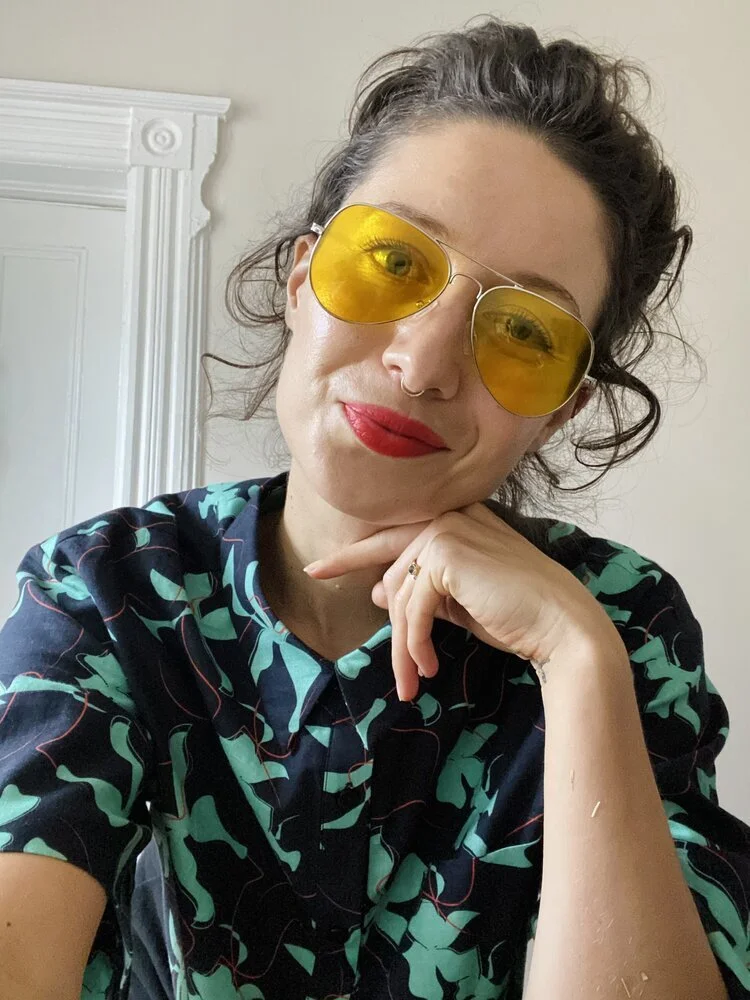Blue Light Blocking in Winter | Dark Months & The Right Light
As you know, I’m a firm believer in the benefit of minimizing blue-light intake, especially outside of normal daylight hours. In fall and winter, there’s less natural light and typically more time indoors, which often means more time on screens. Unless you’re the outdoorsy-no-matter-what type, winter is an excellent time to befriend blue-light blocking glasses. Some tips ...
When the sun rises, or so it seems based on the clouds’ shade of grey, and an alarm insists its time to rise too. First things first: Look outside! We have light receptors all over our bodies - not just in our eyes - and “seeing” light with our skin is important too. A few minutes facing the great outdoors provides a physical and physiological queue that it’s time to wake up, which in turn starts a cascade of chemical reactions in our bodies that assist the process. (We have a built-in coffee-maker of sorts which produces a coffee equivalent known as cortisol. The reverse happens at night and our happy-hour system releases melatonin to help us wind down for sleep. Without exposure to light and then removal of light later on, those systems don’t work well. Recall jet lag.)
For a day spent mostly indoors, a little bit of blue light is fine and even helpful for waking up. Sunlight is preferred, but SAD lamps and, yes, phones, computers and television screens have a similar effect.
There’s no hard-and-fast rule for how much screen time we can (or should) engage in without blue-light blocking but some argue that any amount, unprotected, is too much. For many people - especially in this era of working from home - full days online are common. That amount of blue light can not only disrupt circadian rhythms (affecting sleep and also daytime tiredness) but also cause eye strain and head tension, to say the least. I generally recommend wearing blue-blocking glasses for any amount of screen time over two hours and always wearing glasses after sunset. In addition to glasses, I highly recommend installing apps to dim your browser and screens to show red light rather than blue after dark. This is built into iPhones and otherwise easy to find for free online.
If your mood is affected by low light (otherwise known as SAD or seasonal affect disorder), then you might consider a tinted lens, for mood or sleep, for example. I wear a “Summer Glo” style which is blue-blocking and tinted yellow - a shade that helps mimic sunlight, and reduces excess visual noise, thereby helping to reduce anxiety triggered by overstimulation. I love them, though it should be noted that they do make for a moderately trippy color experience, especially in nature.
As the sun sets, blue-light blocking glasses come out and home lights dim (I’m a big fan of dimmers and have them on every switch in my house as well as at our cafe), you can use the level of outdoor light as a guide for how bright to light what you’re looking at. As a general rule, try keeping screen lights only as bright as the background they’re on.
Remember that while we want - need - light in order to function best, there are both quality and quantity considerations. Aim to get more natural and less unnatural, as with everything in life, right?!
This article was sponsored by Blublox, blue-light blocking, tinted and other functional glasses. Check out their Black Friday Sale for 25% off (code EYELOVE will be auto-applied to all orders between 20th Nov to 1st Dec 2020) or use code “supernatural” for 15% off any time.


